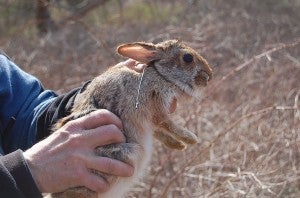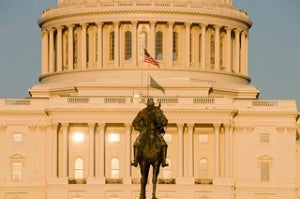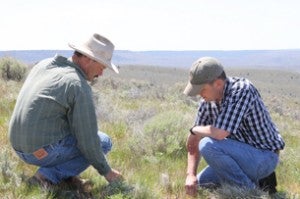 America’s agricultural lands are getting another significant boost from the U.S. Department of Agriculture (USDA), as Secretary Tom Vilsack announced the availability of $350 million to help landowners protect and restore key farmlands, grasslands and wetlands across the nation.
America’s agricultural lands are getting another significant boost from the U.S. Department of Agriculture (USDA), as Secretary Tom Vilsack announced the availability of $350 million to help landowners protect and restore key farmlands, grasslands and wetlands across the nation.
The funding, provided through the 2014 Farm Bill’s Agricultural Conservation Easement Program (ACEP), rewards farmers and ranchers for voluntary efforts to protect critical water resources and wildlife habitat from future development.
ACEP is a program that consolidates three former programs – the Wetlands Reserve Program, Grassland Reserve Program and Farm and Ranch Lands Protection Program – into one voluntary program that provides technical and financial assistance to help landowners protect our nation’s vital farmlands, grasslands and wetlands.
The program is a shining example of USDA’s steadfast commitment to preserving the long-term viability and health of our agricultural landscapes.
How does it work? Read More



